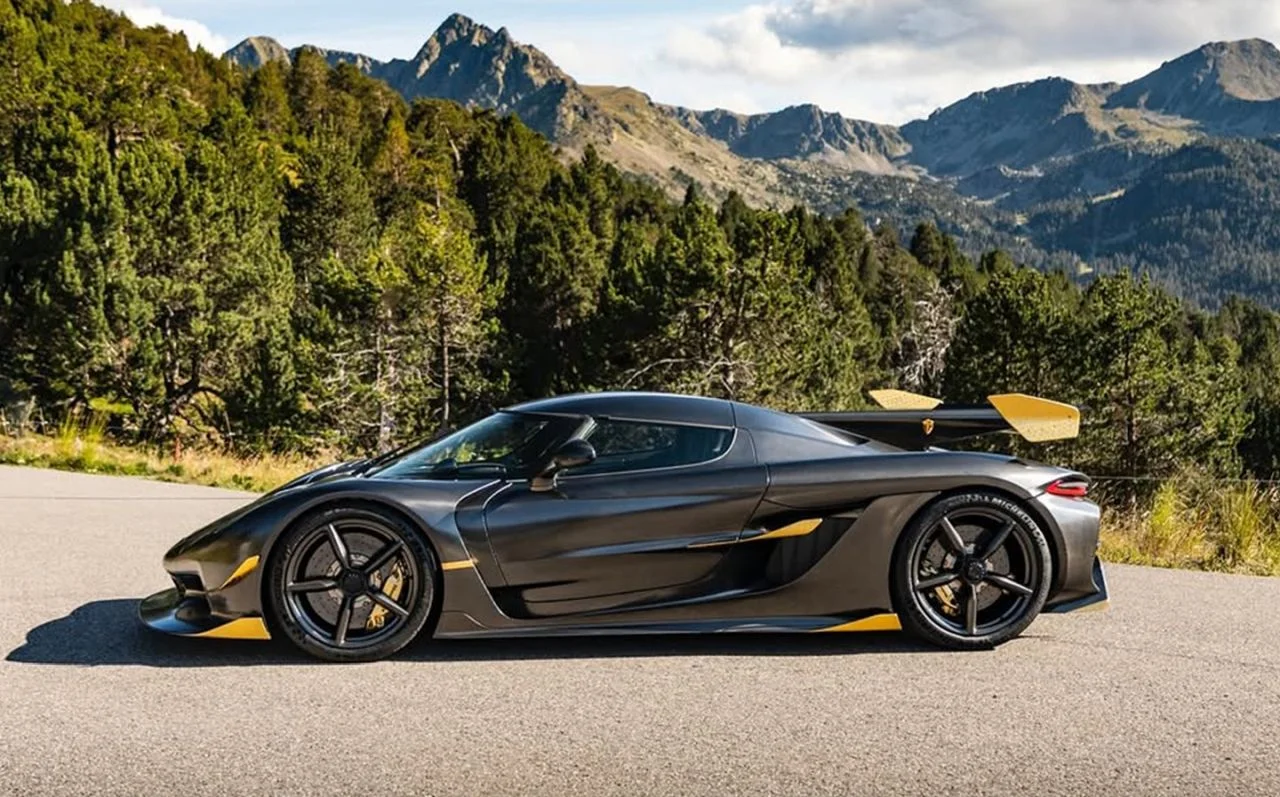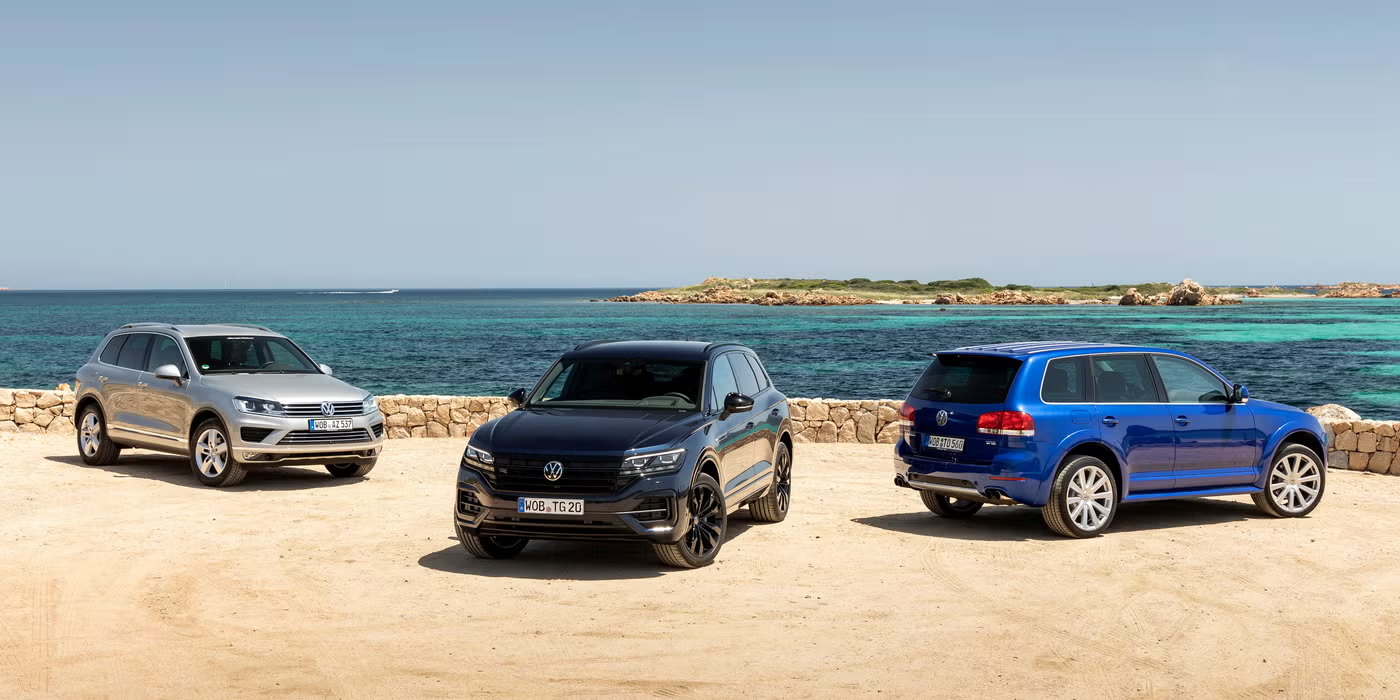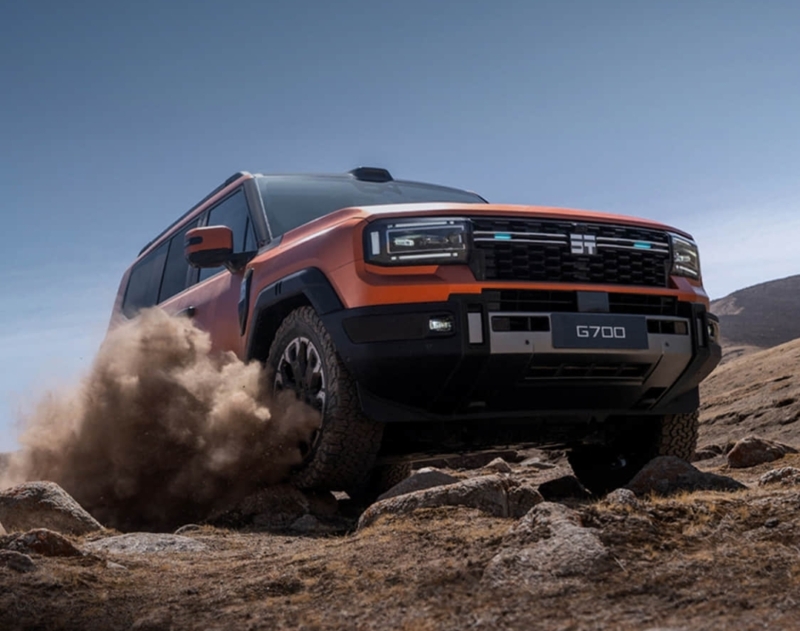Fire-Induced Aluminum Shortage Hits Ford Hard
Reports on manufacturing, labor and earnings with clear, practical context. Drives a Tesla Model 3 RWD; family hauler is a Volvo XC60.
A devastating fire at an aluminum supplier's plant in September is causing significant disruptions for automotive giants like Ford, as they grapple with a critical shortage of aluminum needed for their most profitable models.
On September 16, a fire erupted at the Novelis aluminum sheet plant in Oswego, New York, impacting several major automakers. This facility, which supplies aluminum to 10 different car manufacturers, has become the epicenter of a significant supply chain disruption. Among those affected are industry leaders Ford, Stellantis, and Toyota, who are now facing substantial production delays. With the plant's closure expected to last until the first quarter of 2026, the automotive industry is bracing for prolonged challenges. For Ford, the implications are particularly severe. The automaker has been forced to idle production lines for its Expedition and Navigator SUVs, both built in Louisville, Kentucky. More critically, production of the iconic F-150 truck has been slashed by over half at the Dearborn Truck Assembly facility. This reduction translates to only 530 trucks being assembled per day, a staggering 55% decrease from normal levels.
Stellantis, the parent company of Jeep, is also feeling the pinch. The Warren Truck Assembly Plant has paused production of the Jeep Wagoneer and Grand Wagoneer for three weeks. This hiatus means no new units of these popular SUVs will roll off the assembly line, a significant impact given their combined sales of 34,672 units through the third quarter. Stellantis is prioritizing aluminum for the Ram 1500, underscoring the importance of strategic resource allocation in times of scarcity. The ripple effects of the aluminum shortage extend beyond immediate production slowdowns. Analysts predict that Ford could see losses nearing $1 billion due to the reduced output of its F-series trucks, which are among the company's most profitable models. The shortage could force Ford to import aluminum, potentially incurring tariffs and further complicating cost structures. Meanwhile, Stellantis's decision to focus on the Ram 1500 highlights the competitive balancing act automakers face—prioritizing flagship models to sustain market position.
The situation poses a complex challenge for Ford and other manufacturers as they scramble to find alternative aluminum sources. The urgency is driven not only by immediate production needs but also by the longer-term implications for supply chain resilience. With the Novelis plant offline until next year, automakers are exploring every avenue to mitigate the impact. Potential solutions include sourcing aluminum from different suppliers or even exploring alternative materials. However, these are not straightforward fixes. Each option comes with its own set of logistical and financial hurdles. Moreover, the automotive industry is already navigating a landscape fraught with challenges, from semiconductor shortages to shifting consumer demands. The added pressure from the aluminum shortage underscores the need for robust contingency planning and adaptive strategies.
Looking ahead, the fire at Novelis serves as a stark reminder of the vulnerabilities inherent in global supply chains. It highlights the interconnectedness of industries and the cascading effects that a single point of failure can trigger. For Ford and others, the path forward will likely involve a reevaluation of supply chain strategies, with an emphasis on diversification and resilience. As the industry adjusts to this new normal, the focus will be on balancing immediate production needs with long-term strategic goals. The ability to navigate these challenges will be crucial in maintaining market competitiveness and financial health. In the meantime, consumers may experience delays and potential price increases as manufacturers pass on some of the costs associated with these disruptions.
About Priya Nair
Reports on manufacturing, labor and earnings with clear, practical context. Drives a Tesla Model 3 RWD; family hauler is a Volvo XC60.



